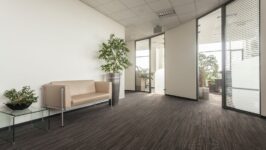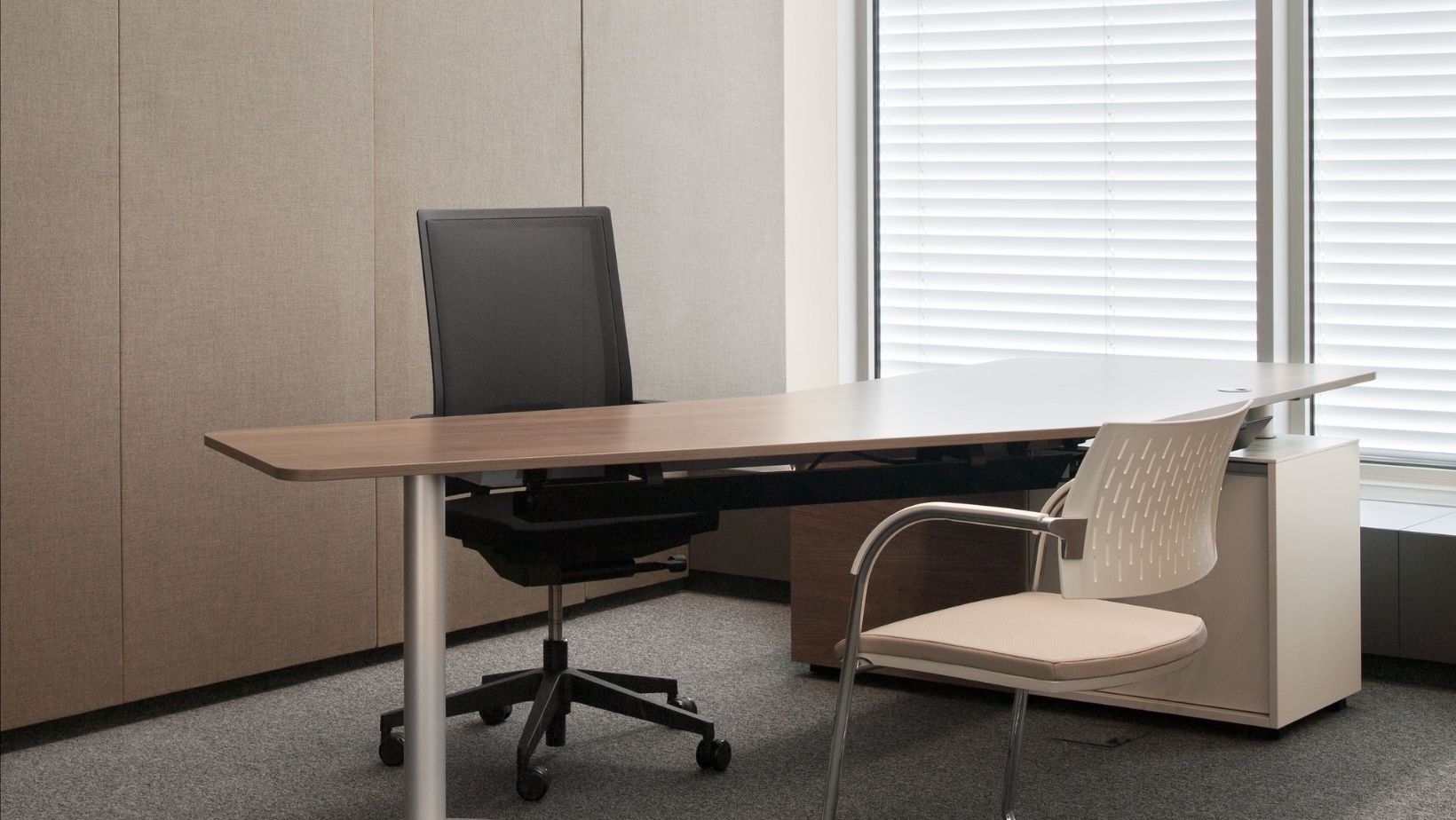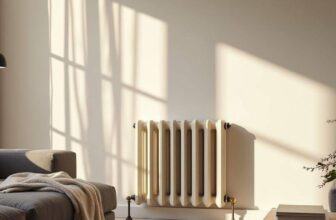
Designing Offices with Comfort and Quiet in Mind
A noisy office can quickly drain energy, focus, and morale. As businesses embrace open-plan layouts and collaborative workspaces, maintaining a balance between openness and quiet becomes a challenge. Background sounds like ringing phones, overlapping conversations, and foot traffic can easily disrupt concentration. Creating a space where employees feel comfortable and focused often starts with smart design choices. Materials, layout, and furnishings all contribute to how sound behaves in a room. Selecting the right pieces can subtly transform the acoustics without changing the look and feel of the office. For ideas on how to create a quieter workspace, check out this guide featuring practical furniture to reduce office noise.
Soft Seating with Acoustic Benefits
Incorporating upholstered furniture can be both stylish and functional. Chairs with plush fabrics, cushioned benches, and high-back sofas all help absorb sound in busy office environments. Placing these pieces in communal areas or near high-traffic zones can reduce the echo and soften sharp noises. These seating arrangements also encourage casual collaboration without allowing sound to spill across the entire office floor. The combination of comfort and noise control makes them especially popular in breakout spaces and informal meeting corners. Investing in soft materials pays off, especially in spaces where people gather frequently.
Dividers That Go Beyond Privacy
Modern divider panels are doing more than just separating desks—they’re improving acoustics. Made with sound-dampening materials, these panels create subtle barriers that reduce the reach of conversations and other noises. They’re especially useful in coworking spaces or open offices where personal work zones need some shielding.

When paired with flexible configurations, they allow for both visual and auditory privacy. Some dividers are mobile, giving teams the ability to rearrange the space as needed. Adding plants to the top or sides of these partitions can further enhance the noise control effect while improving visual appeal.
Enclosed Spaces Within Open Offices
Acoustic booths and pods offer a solution for moments that require extra quiet. Whether it’s for focused tasks, video calls, or one-on-one discussions, these enclosed units are equipped to limit sound entry and escape. They help minimise distractions for both the people inside and those working nearby. Because of their modular design, they can be moved or repurposed based on the evolving needs of the team. These installations are becoming a staple in many modern workspaces, thanks to their sleek appearance and functional benefits. They’re particularly helpful in industries that require regular confidential conversations or periods of solo concentration.
Storage That Supports Silence
Shelving and storage units don’t just organise—they also help shape the soundscape. Tall bookshelves and fully stocked cabinets act as barriers that muffle noise. When placed between clusters of desks or work zones, they naturally block direct sound paths. Choosing pieces with closed backs and soft surfaces can further enhance their acoustic impact. Storage elements that double as room dividers help separate departments while also maintaining a quieter environment. Even small additions like padded filing cabinets or fabric-lined storage boxes can contribute to reducing harsh echoes.
Adding Layers Through Texture
Beyond large furniture items, adding soft layers throughout the space helps reduce sharp and lingering sounds. Acoustic wall panels, hanging textile art, and ceiling baffles absorb sound while adding personality to the design. Rugs underfoot soften steps and contribute to a quieter atmosphere. Drapes or curtains can also help in areas where windows cause sound to bounce. These finishing touches create a sense of calm without sacrificing style. Texture isn’t just decorative—it plays a vital role in making the environment more pleasant and productive.
Thoughtfully arranged furnishings make a noticeable difference in the sound and feel of a workspace. If you’re planning a quieter office layout, take a moment to read the full article for more inspiration.




